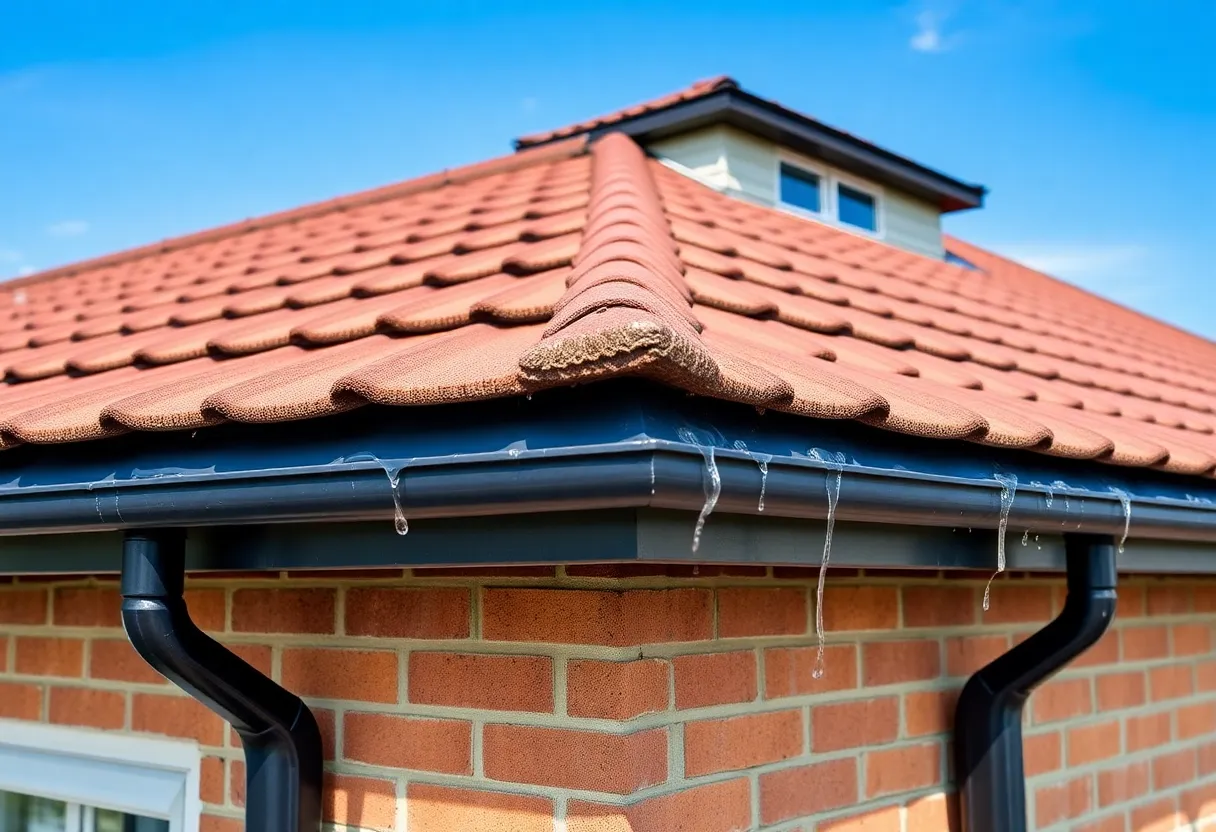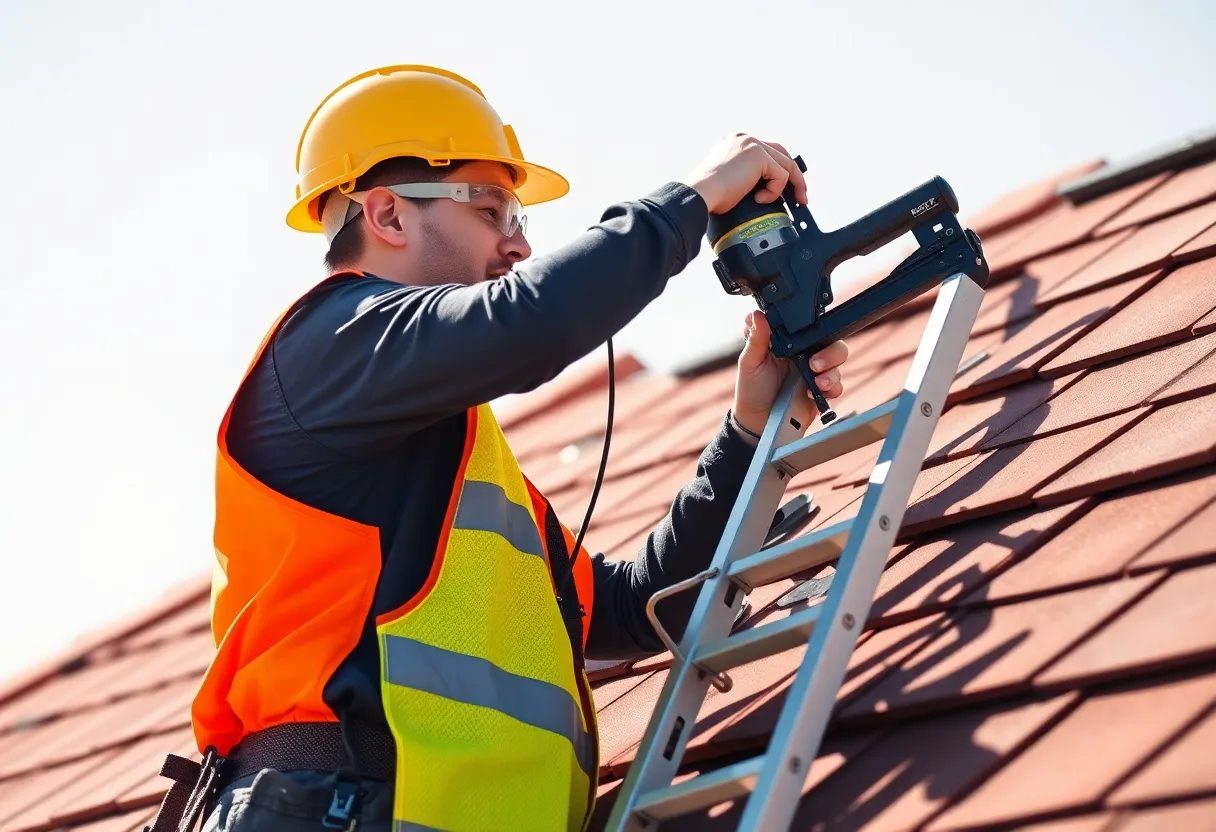How to Choose the Right Roof Design for Optimal Rainwater Drainage
When it comes to roof design, effective rainwater drainage is a crucial factor that impacts both the structural integrity of a building and overall maintenance costs. Poor drainage can lead to issues such as leaks, mold, and even structural failure. This article will explore key considerations to help you select the right roof design that maximizes rainwater drainage.
Understanding Rainwater Drainage Basics
Effective drainage begins with an understanding of how rainwater behaves. When rain falls on a roof, it can have varying implications depending on the roof’s **shape, materials, and drainage systems**. Roofs can be categorized into two main types—pitched and flat.
Pitched Roofs
Pitched roofs, commonly seen in residential homes, naturally facilitate rainwater drainage due to their angled surfaces. Rainwater flows down the slope and is collected in gutters, which direct the water away from the building’s foundation. Here are some important aspects:
- Angle of the Pitch: A steeper pitch allows for quicker water runoff. A slope of at least 4:12 (4 inches of vertical rise for every 12 inches of horizontal run) is generally recommended.
- Gutter Systems: Properly sized and positioned gutters are essential. Oversized or poorly placed gutters can lead to overflow, while undersized gutters may not manage heavy rainfall effectively.
- Materials: The material used for roofing can affect how quickly water flows off. Materials like metal or slate offer smooth surfaces that promote effective drainage.
Flat Roofs
Flat roofs, often found in commercial buildings, require more specialized drainage solutions. Water is prone to pooling on flat surfaces. Proper drainage is critical to avoid costly repairs. Consider the following:
- Drainage Slopes: While seemingly flat, these roofs should have a slight slope (1-2%) to direct water to drainage points.
- Drains and Scuppers: Incorporating adequate drains and scuppers helps effectively channel water off the roof and away from building foundations.
- Membrane Systems: A quality waterproof membrane is essential to protect against leaks, particularly in areas susceptible to heavy precipitation.
Selecting the Right Roof Shape
Beyond the basic types, certain roof designs lend themselves to optimal drainage. Choosing the right shape requires evaluating factors such as climate and architectural style.
Gable Roofs
Gable roofs feature two sloping sides that meet at a peak, creating an efficient drainage system. This design allows rainwater to flow freely off either side, reducing the risk of water pooling. Key points include:
- Increased Air Circulation: Gable roofs often encourage airflow, minimizing moisture buildup.
- Snow Load Management: In colder climates, the design helps manage snow loads by facilitating quicker snow melt and runoff.
Hip Roofs
Hip roofs have slopes on all four sides, which provides stability and enhanced drainage. They are an excellent option for areas prone to high winds and heavy rain. Characteristics include:
- Better Resistance: The inward slope can withstand high winds better than gable designs, making them a good choice for storm-prone areas.
- Efficient Water Runoff: The multi-sloped design allows for highly effective water drainage.
Flat Roofs
Although flat roofs pose drainage challenges, they can be designed for optimal performance with appropriate slopes, drainage systems, and maintenance measures.
- Incorporating Green Roofs: Green roofs, covered with vegetation, can absorb water. This approach can help alleviate runoff but requires proper waterproofing and drainage planning.
Material Selection for Enhanced Drainage
The choice of roofing materials plays a significant role in drainage efficacy. The surface texture, weight, and properties of materials influence water flow. Consider the following options:
Metal Roofing
Metal roofs are highly effective for rainwater drainage. They feature smooth surfaces that facilitate quick water runoff, and they are also durable and long-lasting. Important factors include:
- Corrosion-Resistant Coatings: Protective coatings increase longevity and maintain drainage efficiency.
- Profiles and Seams: Opt for standing seam profiles to reduce the risk of leaks and direct water efficiently.
Asphalt Shingles
Asphalt shingles are cost-effective and widely used. They can manage drainage well, but ensure proper installation and maintenance. Features to consider:
- Dimensional Shingles: These shingles provide better water shedding compared to traditional three-tab shingles.
- Ventilation Requirements: Proper ventilation is key to prevent moisture buildup under the shingles that can lead to damage.
Incorporating Effective Drainage Systems
Regardless of roof design, an effective drainage system is vital. It ensures rainwater is channeled away efficiently and reduces the risk of related complications. Here are critical components:
Gutters and Downspouts
Gutters capture rainwater from the roof and prevent it from pooling. It is essential to:
- Size Appropriately: Oversized gutters can collect more water, while undersized systems can lead to overflow.
- Position Strategically: Place gutters along the eaves and ensure that downspouts are directed away from the foundation.
Drainage Systems for Flat Roofs
Flat roofs require specific drainage systems to manage water pooling effectively. Focus on:
- Internal Drains: Install internal drains that connect to downspouts to reduce surface water accumulation.
- Overflow Drains: Incorporate overflow drains to handle excess water during heavy rainfalls.
Maintenance and Inspection
Even the best roof design requires regular maintenance and inspection to ensure rainwater drainage systems function effectively. Essential practices include:
Regular Inspections
Conduct regular inspections, especially after storms, to identify any damaged or clogged drainage components.
- Check Gutters: Ensure gutters are clear of debris and functioning properly.
- Inspect Membrane Integrity: For flat roofs, check the waterproof membrane for signs of wear or damage.
Seasonal Maintenance
Clean gutters and downspouts each season to prevent blockages caused by leaves and debris.
- Trim Overhanging Trees: Regularly trim trees to minimize leaves falling into the gutters.
Conclusion
Choosing the right roof design for optimal rainwater drainage involves careful consideration of roof type, shape, materials, and drainage systems. By understanding the dynamics of rainwater flow and incorporating effective drainage strategies, you can protect your building from potential damage while ensuring sustainability. Regular maintenance and inspection are crucial to the long-term performance of your roof’s drainage capabilities. Understand your needs, analyze your environment, and make informed decisions to create a roof design that meets functional, aesthetic, and drainage requirements.
Author: HERE Greenwood
The GREENWOOD STAFF WRITER represents the experienced team at HEREGreenwood.com, your go-to source for actionable local news and information in Greenwood, Greenwood County, and beyond. Specializing in "news you can use," we cover essential topics like product reviews for personal and business needs, local business directories, politics, real estate trends, neighborhood insights, and state news affecting the area—with deep expertise drawn from years of dedicated reporting and strong community input, including local press releases and business updates. We deliver top reporting on high-value events such as the Festival of Flowers, Greenwood Community Theatre performances, and agricultural showcases at the Greenwood County Fairgrounds. Our coverage extends to key organizations like the Greenwood Chamber of Commerce and the Greater Greenwood United Ministry, plus leading businesses in manufacturing and healthcare that power the local economy such as FujiFilm Manufacturing and Self Regional Healthcare. As part of the broader HERE network, including HERECharleston.com, HEREColumbia.com, HEREGreenville.com, and HEREHiltonHead.com, we provide comprehensive, credible insights into South Carolina's dynamic landscape.




 Mays Contracting
Mays Contracting

